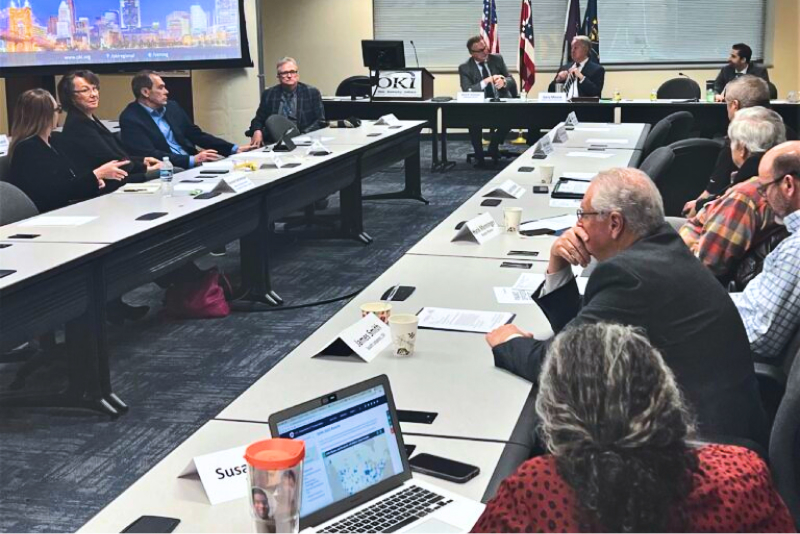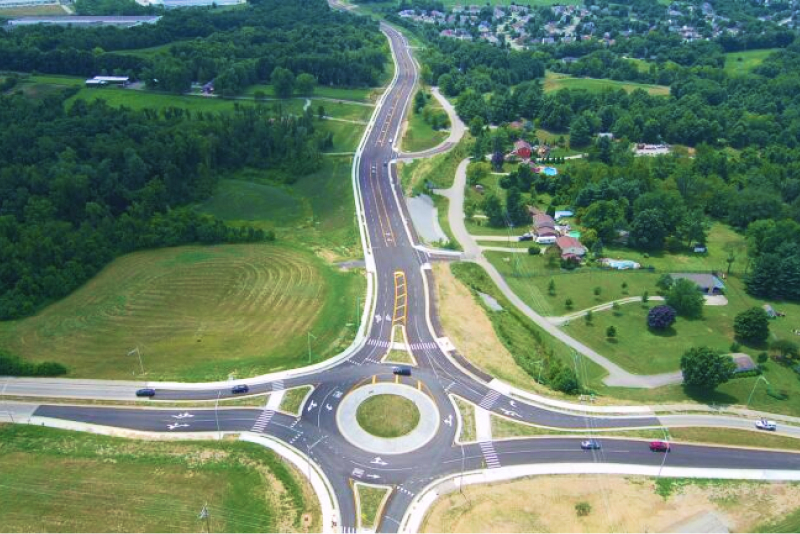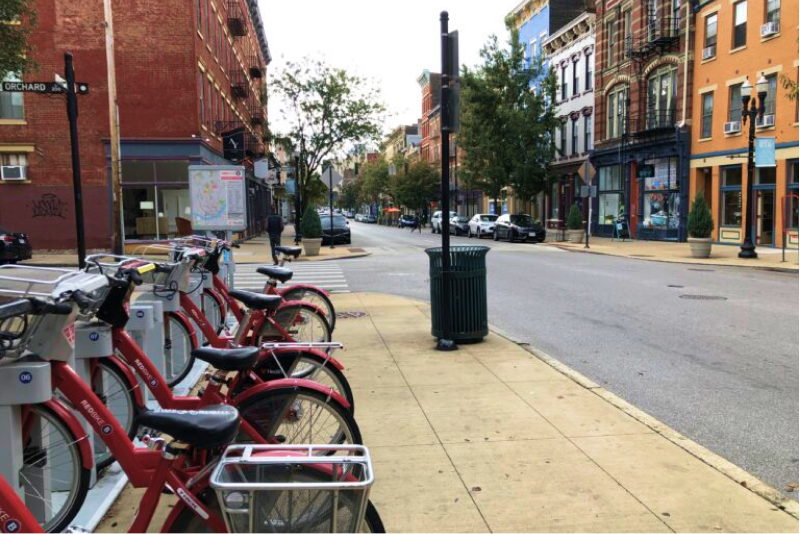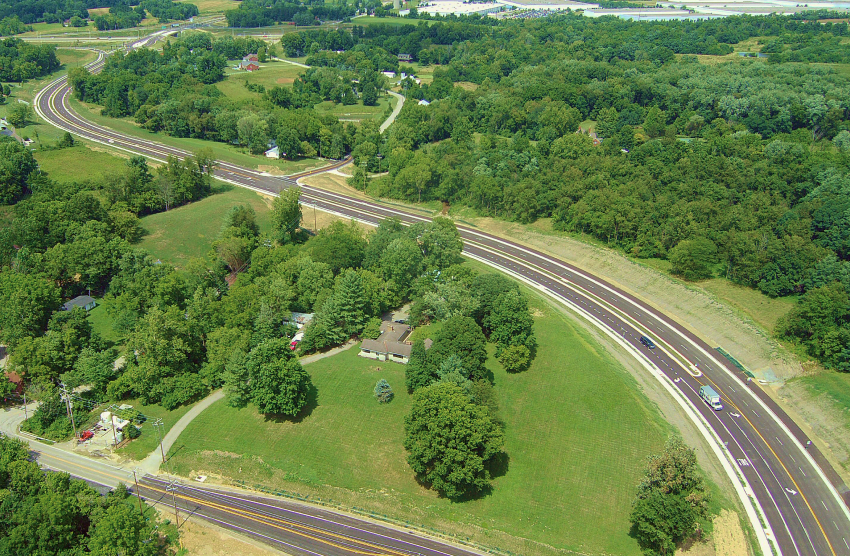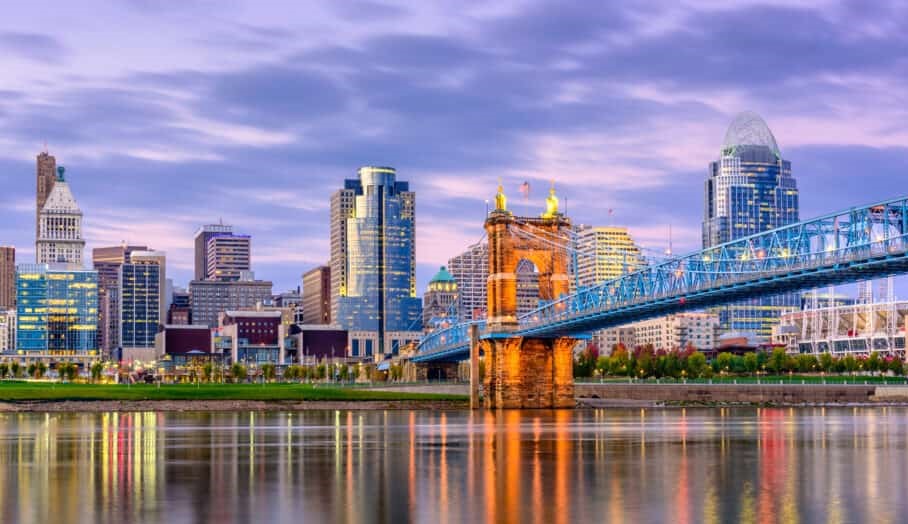The Why, What, and How of Local Energy Planning
The Why
Energy is an essential component of community planning because it is foundational to so many areas of a thriving community. A partial list of ways energy planning matters:
- Energy resiliency is critical to emergency management planning.
- Sustainable energy is vital to community and global health.
- Affordable energy is directly linked to a building’s condition and energy efficiency.
- Projecting energy demand is key to robust economic development planning.
The What
Energy should be addressed in comprehensive planning. But it can be developed as a distinct element or integrated as a subsection within other elements. Core topics that should be part of an energy planning process include:
Document the existing and future condition of municipal facilities and their energy consumption
Create a table or spreadsheet of all municipal structures with their construction year, annual energy consumption, maintenance needs and planned improvements. Energy consultants can estimate the potential energy and cost savings and return on investment from various improvements or operational changes.

Address the resiliency of the energy systems and infrastructure serving the community.
Engage public safety administrators and utility representatives to identify essential facilities and infrastructure, along with those facilities and network components most at risk during a community-wide emergency. It is essential that community emergency management plans and teams include energy infrastructure and utility personnel.
Analyze the energy efficiency of the building stock within the community.
Make a spreadsheet or GIS layer of all buildings in the community. Categorize the buildings by their type (residential, commercial and industrial). Make sure to include the construction year and any known improvements. Typically, older structures are less energy efficient and can greatly benefit from improvements in energy efficiency and weatherization. The information compiled here can be paired with the energy burden analysis in the following section to identify neighborhoods most in need of help improving the housing stock.
Develop an action plan to provide equitable access to energy efficient housing and lower the impact of energy burden on residents.
Investigate the impact of energy burden in the community. Energy burden is calculated by dividing the net cost of household energy (available from the utility) by total household income. This is done at a sub-level of the community, like a census block group or zip code. The results are mapped to identify areas where energy burden is most prevalent.
There are two key drivers of energy burden:
- Building stock that is old, inefficient, and poorly maintained
- Low household incomes.
Areas that are identified as having elevated rates of energy burden should be checked against areas with older housing, poorly maintained housing, and areas with low incomes and poverty. Generally, it is both factors working in concert driving disparities in energy burden in the community. Households with the lowest incomes mostly live in the oldest, and least energy-efficient housing. Areas with elevated poverty rates also tend to lack investment in its building stock.
The key to addressing energy burden is to promote energy efficient improvements in the building stock that is targeted to the homes of residents who are lower income, both owner and renter occupied.
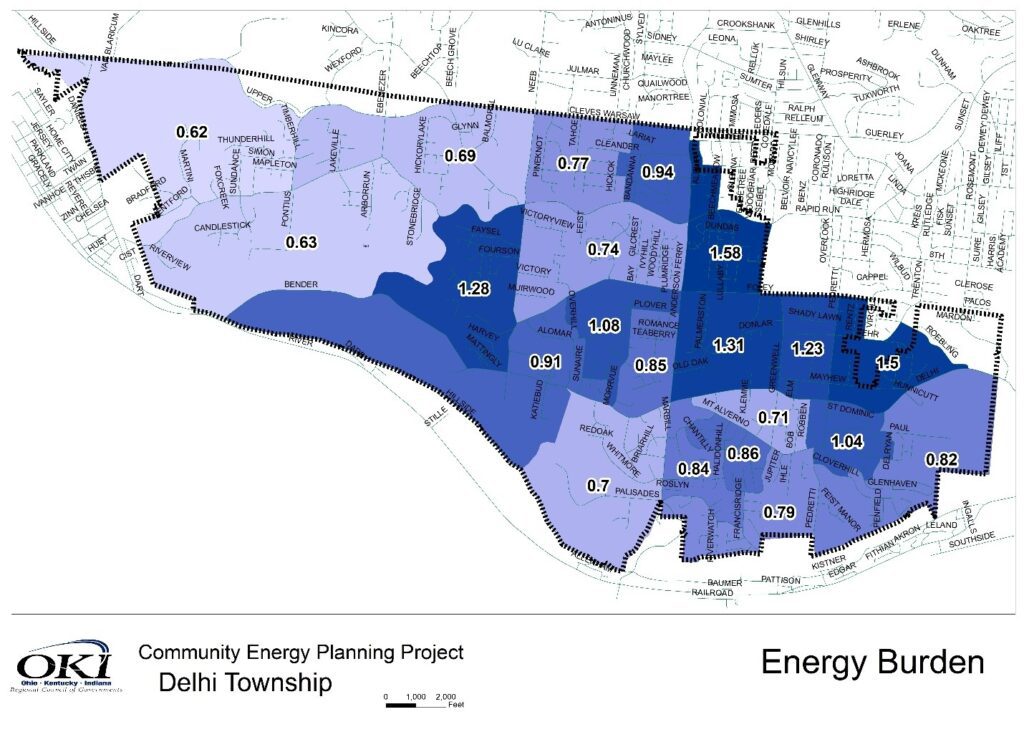
Understand the effect of development patterns and transportation choice on energy use.
Generally, more dense land use patterns result in lower transportation energy emissions and improved public health. This is because any two points within the community are naturally closer and either require less fuel to commute or even allow for people to walk, bike, or take public transportation. Higher density residential development helps to improve the efficiency and level of service of public transportation, and it is best practice to allow for the highest density of residential and jobs development in proximity to existing transit routes.
The best way to improve residential density is to allow multi-family development in more areas of your community. Not all multi-family developments have to look the same, so with careful policy design you can maintain existing neighborhood character while increasing housing capacity.
Another way to increase the density of new developments is to review the minimum parking requirements. If parking requirements are too high, it not only wastes valuable community space, but needlessly increases the cost of development.
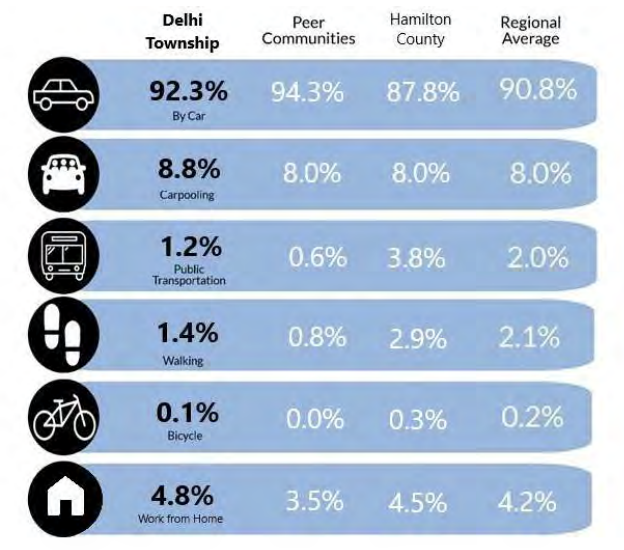
Assess the local impact of the urban heat island effect and develop mitigation plans.
Urban heat islands are urbanized areas that experience higher temperatures than outlying areas. Structures such as buildings, roads and other infrastructure absorb and re-emit the sun’s heat more than natural landscapes, such as forests and water bodies. Urban areas, where these structures are highly concentrated and greenery is limited, become “islands” of higher temperatures relative to outlying areas.
Use OKI’s Urban Heat Island Map to learn which areas within your community are most impacted by the urban heat island effect.
Urban heat islands impact energy use because they prevent affected areas from cooling off at night during the summer. This requires air conditioning to run harder. Consequently, excess air conditioning use also adds to latent heat in the air. Areas with concentrated or large asphalt surfaces, and buildings with large areas under roof, like warehouses, are apt to see greater effects of urban heat islands. Neighborhoods that lack tree canopy also see increased impacts from heat islands.
Heat islands can be mitigated by increasing the tree canopy and using light-colored reflective building materials in affected areas. Zoning regulations should be reviewed to make sure minimum parking requirements are not too high and that tree, vegetation and greenspace requirements are adequate to offset any new structures or pavement.
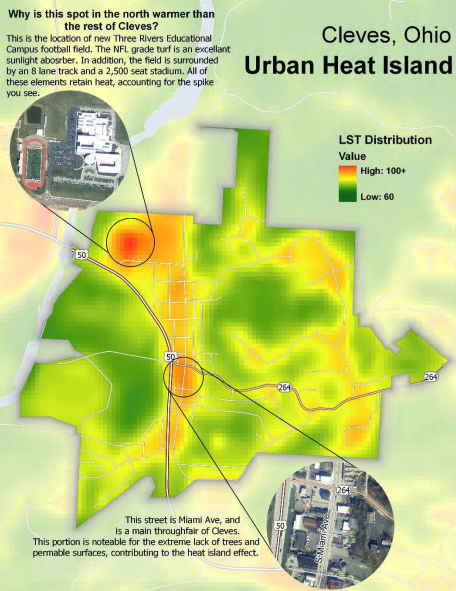
Project future energy demand based on current development patterns to determine the potential infrastructure investments required to supply that demand.
Work with local energy providers to understand community wide trends on energy consumption in your community. Consider any known or potential development projects to develop a projection for energy demand 5-10 years into the future and work with energy providers to ensure that proper infrastructure planning takes place to support potential growth.
Improve access to renewable and/or cleaner sources of energy and increase their percentage share in local energy generation.
Work with local energy providers to develop plans and programs to increase access to renewable energy sources and increase the renewable/clean energy share of local energy generation. This can include community aggregation programs, plans for rooftop solar incentives or financing programs, or considering options for a community solar array.
The How
As part of the process of developing an energy plan, it is important to take the following 7 steps:
1. Develop a Community Energy Baseline
It’s important to first establish an energy baseline for two reasons. First is to get a handle on how energy is being used in the community; and second is to be able to measure improvement over time. The baseline can include any of the following measurements:
- Community energy use data from the utility company
- Public facility energy use data from the municipal energy bills. Energy Star’s Portfolio Manager tool can make tracking energy use and identifying sources of potential savings easier.
- Transportation energy use, using means of commuting to work from census data and areas of significant traffic congestion from OKI.
- Number and distribution of dwelling units by type, size, age, and predominant types of construction
2. Engage the Public
Communication with the public is always important. First, you may want to do some brief education on why energy planning matters and what it consists of (First two sections of this document). Then you can engage with residents about their specific perspectives, concerns, and ideas. This will not only strengthen the quality of the energy plan but facilitate implementation through public ownership of the plan.
3. Involve Key Stakeholders
From the very beginning you will want to involve the energy providers and largest consumers for your jurisdiction. You may also want to include other community leaders from local businesses as well as residential representatives.
4. Identify Opportunities and Concerns
With any planning activity, it is important to be aware of your local advantages and obstacles. Identify ways to exploit your community strengths while reducing the impact of any weaknesses or concerns.
5. Examine Policies
Policies hold a lot of power. Do not fall into the trap of “that’s how we have always done it”. A natural part of planning is adjusting our policies and practices to new ways of thinking or advances in society. Some policy areas to consider reviewing minimum parking regulations, expanding multi-family zoning, solar panel regulations, and lawn maintenance standards.
6. Set Goals and Plan Actions
Use the SMARTIE acronym in developing your goals. Each goal should be:
Strategic – Reflects a priority area that the organization wants to address.
Measurable – Defines a specific metric so it is clear if the goal has been met.
Ambitious – Challenging enough that achievement would be significant.
Realistic – Not so challenging that you ignore organizational capacity.
Time-bound – Include a deadline and/or multiple checkpoints.
Inclusive – Make sure that everyone is involved in the goal setting process and plan implementation.
Equitable – Ensure the goal is aligned with the concepts of environmental justice and protects disadvantaged communities from undue burden.
Even the best goals are useless without a solid action plan. Make sure to identify a key person or group responsible for leading the initiative to achieve each goal. Also include expected funding sources and important milestones within the process.
7. Identify Funding
Identify as many funding sources as possible. Then prioritize which ones are best aligned with your goal/project so that you can focus on the most important ones. Many large projects require multiple layers or sources of funding, so it’s important to be creative. Make sure you are following all grant guidelines as you sometimes can’t use one grant in coordination with another. Local businesses may be willing to contribute towards the local match of a grant program or even make an in-kind contribution. Some sources of Federal funding can be found here.
